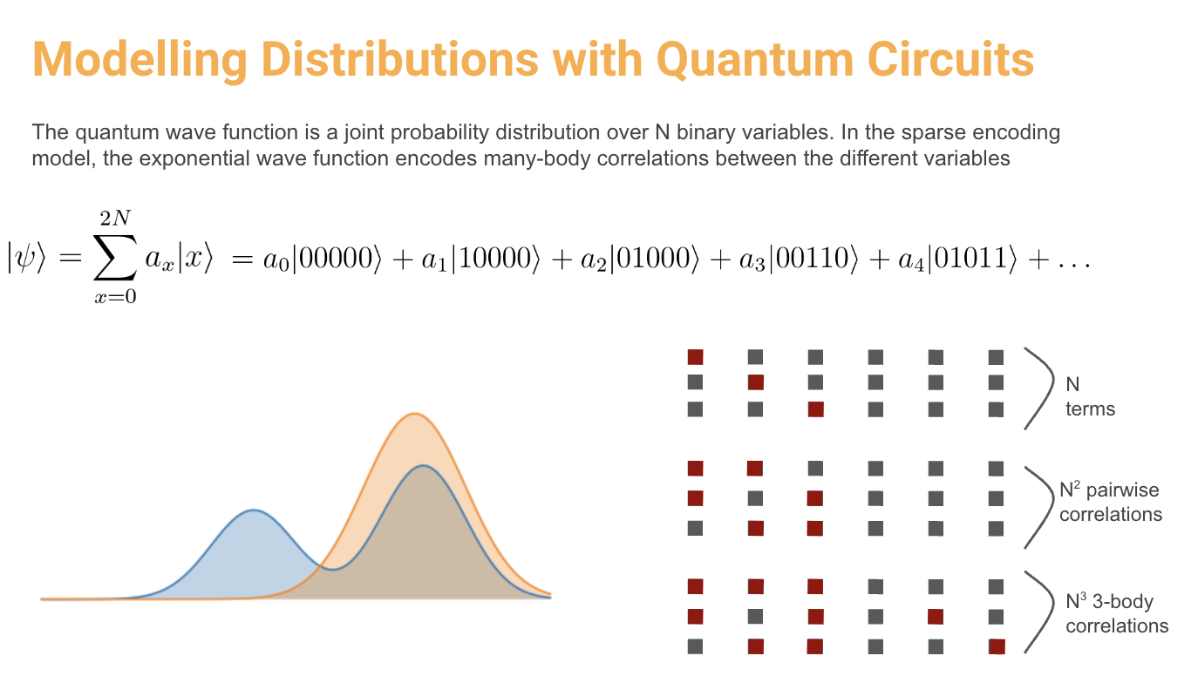Quantum Machine Learning (QML) emerges at the confluence of two groundbreaking domains: quantum computing and machine learning. This synthesis holds tantalizing potential, promising to revolutionize data analysis and predictive modeling as we navigate an increasingly complex digital landscape. At its core, QML endeavors to leverage the principles of quantum mechanics to enhance the capabilities of classical machine learning algorithms. To grasp the quintessence of QML, one must appreciate both the intricacies of quantum mechanics and the tenets of machine learning.
Understanding quantum mechanics begins with its fundamental principles, such as superposition and entanglement. Superposition allows quantum bits (qubits) to exist in multiple states simultaneously, in contrast to classical bits, which are confined to binary states. This multidimensionality enables quantum systems to process vast amounts of information in parallel. Entanglement, on the other hand, refers to the phenomenon where pairs or groups of qubits become interconnected such that the state of one can instantaneously affect the state of another, regardless of the distance separating them. This unique property can be elegantly harnessed to construct algorithms that outperform their classical counterparts.
Machine learning, a subset of artificial intelligence (AI), encompasses algorithms that enable computers to learn patterns from data. The traditional linear models and decision trees have served well, but they often stumble when faced with high-dimensional datasets or problems laden with nonlinearity. Herein lies the promise of QML—not only does it aim to improve existing algorithms, but it also offers a novel paradigm for conceiving and implementing machine learning functions.
The amalgamation of quantum mechanics and machine learning can be broadly delineated into two categories: quantum-enhanced machine learning and quantum algorithms for machine learning tasks. The first category encapsulates classical algorithms that are augmented by quantum processes. For instance, quantum versions of established machine learning techniques such as support vector machines and neural networks are under intensive scrutiny. These quantum enhancements can potentially expedite training times exponentially, particularly when dealing with large datasets.
Conversely, the second category involves the development of wholly new algorithms that harness quantum phenomena. A landmark example is the Quantum k-Means algorithm, which could significantly improve clustering processes by utilizing the capability of qubits to represent data in high-dimensional spaces. Such advancements do not merely offer incremental improvements; they can redefine the efficiency and effectiveness of data analysis methodologies.
Skeptics may question the practicality of quantum machine learning. Currently, operational quantum computers are in nascent stages of development, fraught with noise and error rates that challenge their applicability. Quantum coherence, the preservation of quantum states, tends to degrade over time, a phenomenon known as decoherence. However, ongoing research into quantum error correction and fault-tolerant quantum computing is steadily mitigating these issues, paving the way for more viable QML applications.
The implications of a successful merger between quantum computing and machine learning are monumental. Imagine a world where algorithms possess the capacity to analyze complex systems including climate models, financial markets, and even genetic sequencing with unprecedented speed and accuracy. The ability to uncover patterns within seemingly chaotic data could lead to revolutionary breakthroughs, ranging from personalized medicine to dynamic real-time decision-making in autonomous systems.
Moreover, QML holds the key to unlocking new insights into currently intractable problems. For instance, in drug discovery, traditional simulations of molecular interactions can be computationally prohibitive. Quantum simulations may overcome these barriers, allowing for the efficient exploration of molecular configurations and thereby accelerating the discovery of novel therapeutics. Such applications underscore the transformative potential embedded within QML.
Nevertheless, the journey towards operationalizing quantum machine learning is laden with challenges. Geopolitical considerations, ethical implications, and the digital divide in access to quantum technologies must be addressed. As quantum computing evolves, it is imperative that equitable frameworks emerge to ensure collaborative advancement rather than monopolistic dominance.
In conclusion, the field of Quantum Machine Learning invites an exhilarating shift in perspective. It beckons researchers, technologists, and policymakers alike to rethink the very nature of computation and data processing. As we stand at the threshold of a new era, the interdisciplinary nexus of quantum mechanics and machine learning may very well redefine our approach to complex problem-solving. The curiosity piqued by these infinite possibilities offers a profound opportunity for innovation. Whether it will transform industries and improve quality of life hinges on our collective endeavor to explore this captivating frontier of knowledge. The pursuit of inquiry in quantum machine learning is not merely an academic endeavor; it is a clarion call to embrace the unknown.












